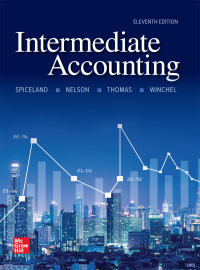AUDITING CASE STUDY 016-20 Non-current assets are being audited and the following factors have been discovered: Motor vehicles are depreciated at 25% pa straight line (full year charge in the year of acquisation, no charge in the year of disposal). The cost of the vehicles at the end of the period is $200.000 and the depreciation charge for the year is $50.000. Because mosts care are kept for at least 5 years the company is thinking of changing its depreciation rate for cars to %20 pa. So that the charge would become $40.000. 16. Which of the following is correct? a) Physical inspection of the cars verifies cut-off b) Pysical inspection of the cars verifies rights and oblications c) Pysical inspection of the cars verifies existence d) Pysical inspection of the cars verifies completeness 17. Which of the following is correct? a) Impairement of a non-current asset could be identified by recalculation b) Impairement of a non-current asset could be identified by inspection c) Impairement of a non-current asset could be identified by analytical procedures d) Impairement of a non-current asset could be identified by reperformance 18. Which of the following id correct with recpect to the current charge of $50.000 and the proposed charge of $40.000? a) They are both almost certainly too high b) They are both almost certainly too low c) $50.000 is too low; $40.000 is too high d) $50.000 is too high; $40.000 is too low 19. Select TWO correct answers from the choices below a) Auditing the depreciation charge requires confirmation b) Auditing the depreciation relates to the classification assertion c) Auditing the depreciation charge requires observation d) Auditing the depreciation relates to the occurence assertion e) Auditing the depreciation charge requires recalculation f) Auditing the depreciation relates to the valuation assertion 20. Please fill the blanks acc The proposed change in depreciation rate is a change of accounting policy/ accountin method/ accounting estimate and the auditor must ensure that this is handled in the financial statements as a prospective change/ retrospective change. The change will increase/decrease reported profits. The auditor must evaluate whether the charge is accurate/ reasonable/ correct








